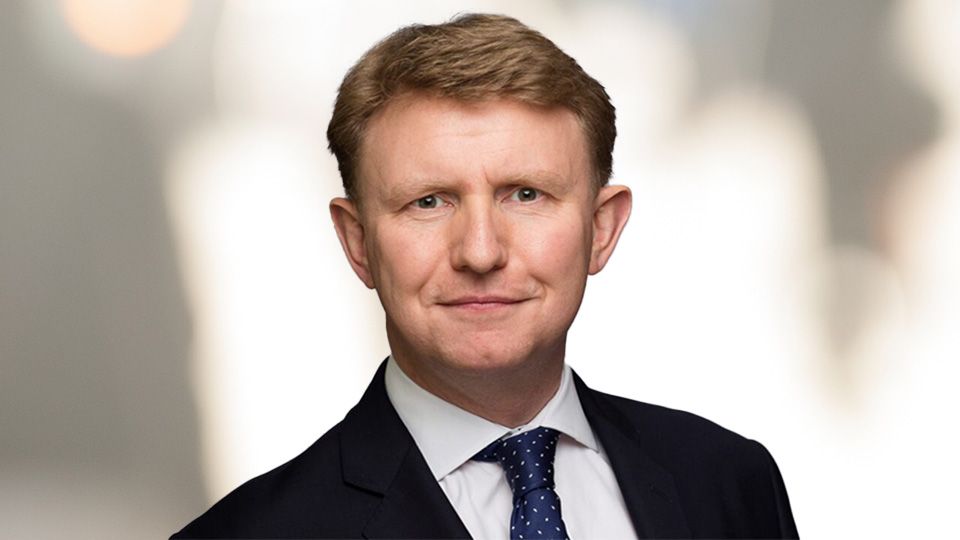The UN Sustainable Development Goals (SDGs) have inspired governments, individuals and institutions since their inception in 2015. These 17 ambitious objectives provided a vision for how the world could be improved for all its inhabitants by the year 2030. In doing so, they created a hero narrative for the world that would be familier to any cinemagoer. Such narratives are well documented and tend to follow a predictable pattern: an individual realises they have the power to make a great change and are consequently presented with a challenge that reflects their abilities.
As we approach the midway SDG summit in September, it is clear that we are continuing to follow this narrative as we reach what is commonly known as the ‘abyss’ episode of the journey.
See also: – Global CEOs fear SDGs derailed by volatile politics
In simple terms, we are failing. With only 15% of the goals on track and several moving in the wrong direction, we are faced with a stark choice; recommit to these goals and overcome the challenges and discomfort that accompany that decision, or allow them to become an “an epitaph for a world that might have been” – António Guterres, Secretary-General, United Nations.
There are obvious a reasons for this including the impact of the pandemic, subsequent inflation, and the Russian invasion of Ukraine. While each of these is undoubtedly a huge challenge, all hero narrative is characterized by overcoming seemingly impossible hurdles.
While each member of society must decide on our own path, reaching the goals will require substantial, further investment in companies and projects that support the SDGs. As professional investors, our role is to is be the ‘guide’ to the hero. In most hero narratives, the guide character must overcome their own challenges to effectively support the hero (think of the exile of Obi Wan Kenobi or the alcoholism of Haymitch Abernathy). We are similarly faced with challenges to overcome.
The first is that the investment product universe continues to be dominated by strategies that seek to avoid or reduce ESG risk. This is illustrated by the fact that the goals most closely linked to reducing ESG Risk (Goals 9 & 17) are the most well-progressed. Although managing ESG risk in important objective, it is not necessarily aligned with the delivery of a positive impact of the attainment of all the SDGs.
Second is that creating a positive impact may not provide the most attractive investment outcome. Creating a positive impact is a different business objective from profit maximisation and the choice of the former may lead to lower returns to investors. Future returns may also be lower because companies able to demonstrate low ESG risk, a positive impact and financial success have been very popular among investors and trade at higher valuations than their peers.
To address these challenges and successfully guide our hero, we must have the tools, processes and independent research to identify companies that are both support the SDGs and provide attractive investment returns.
At Morningstar, this effort is being spearheaded by the team at Sustainalytics who are launching impact ratings for companies that will enable advisers and portfolio managers to assess the support of companies, funds and portfolios for the SDGs. Alongside this, our equity and manager research ratings assess the investment merit of those companies and funds which hold them.
However, as in any hero story, tools and processes are not enough to enable us to reach the 2030 goals. To do this, the hero must have the discipline and determination to overcome the difficulties ahead. Consequently, the abyss stage in the journey is always presented as a period of uncertainty: will the hero go on, or turn back?
In the stories, we know that the hero will go on, overcome the challenges ahead and reach their goals, as a hero who turns back is not worthy of a narrative. Life, on the other hand, is different from a narrative. We do not know whether we will achieve the SDGs.
As investors in this situation, we must prepare for both possible outcomes. A portfolio can never be oriented towards a single outcome, even one as desirable as meeting the SDGs.
At a time when the world is failing to make sufficient progress, the management of risks associated with such failure is essential. This is best achieved through scenario analysis having first identified the material risks that are relevant to a portfolio. This is naturally challenging as many of these risks are both poorly defined and appear far in the future. To do so successfully requires the investment manager to have access to comprehensive ESG risk data, a research process that enables the incorporation of this data into the return assessment and a robust portfolio construction process. This, in turn, requires considerable resources and a long term mindset.
While it can be difficult to focus an investor’s attention on these risks, it is important to remember that capital markets are ‘discounting machines’ that bring future risks into the present. Failure to make progress towards the SDGs may change our hero story into a horror movie sooner than we think!
We must therefore hope that the forthcoming summit galvanises the resolve of our hero and that we emerge from the abyss.








